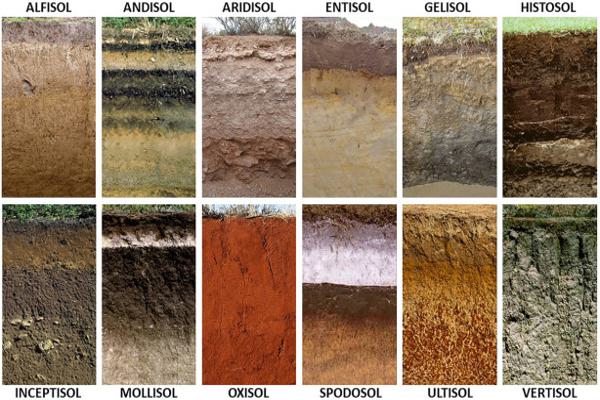How Does Soil Classification Shape the Success of Foundation Design?
Soil classification is fundamental to successful foundation design1. It provides critical insights into soil properties2 and behavior, directly impacting the stability and longevity of structures. By accurately classifying soils, engineers ensure the safe, efficient, and cost-effective design of foundations.
Understanding the Basics of Soil Classification Systems

Soil classification systems, such as the Unified Soil Classification System (USCS)3 and the American Association of State Highway and Transportation Officials (AASHTO), categorize soils based on characteristics like grain size, plasticity, and compressibility. These classifications help engineers understand:
- **Cohesion
- Friction Angle: Resistance between soil particles.
- **Permeability
Proper classification enables precise prediction of soil behavior under load and environmental conditions.
The Direct Correlation Between Soil Types and Foundation Load-Bearing Capacity

Different soil types significantly influence foundation load-bearing capacity:
| Soil Type | Typical Bearing Capacity | Foundation Implications |
|---|---|---|
| Gravel and Sands | High | Excellent for shallow foundations |
| Silts | Moderate | May require special compaction |
| Clays | Variable (often low) | Often need deep foundations or pilings |
| Organic Soils | Very low | Generally unsuitable without soil improvement |
Accurate soil classification informs foundation design, ensuring structural safety and performance.
Case Studies: Failed Foundations Due to Inadequate Soil Classification

Real-world scenarios highlight the risks of improper soil classification:
- **Residential Building Collapse
- **Commercial Complex Foundation Failure
- **Bridge Embankment Collapse
| Project Type | Soil Misclassification | Consequences |
|---|---|---|
| Residential | Clay identified as silt | Severe settlement and structural cracks |
| Commercial Complex | High-plasticity clay ignored | Foundation heave and costly repairs |
| Bridge Embankment | Silt mistaken as sand | Significant settlement and project delays |
Innovative Foundation Design Approaches Guided by Soil Classification

Advancements in soil classification techniques have spurred innovation in foundation engineering:
- Geosynthetic Reinforcement: Enhanced stability in soft soils identified through precise classification.
- Hybrid Foundation Systems: Combining shallow and deep foundations, customized according to soil layers.
- Soil Improvement Techniques: Methods such as compaction grouting or vibro-compaction, tailored to soil type, improving foundation support.
These approaches lead to safer, longer-lasting, and economically viable construction solutions.
Conclusion
Soil classification profoundly impacts the success of foundation design. Proper identification and understanding of soil characteristics prevent costly mistakes, enhance structural safety, and support innovative, sustainable engineering solutions. Investing time and resources into accurate soil classification is essential for any successful construction project.
-
Foundation design is heavily influenced by soil properties. Discover how this relationship works for better engineering practices. ↩
-
Soil properties play a vital role in foundation stability. Learn more about these properties to enhance your engineering knowledge. ↩
-
** The internal attraction between particles. ↩







